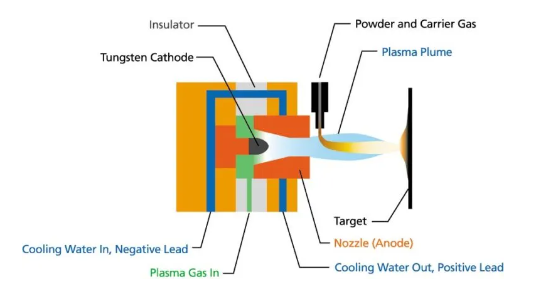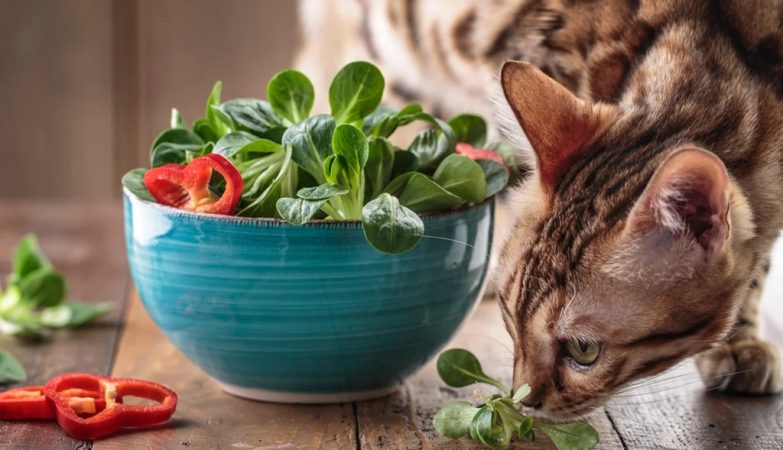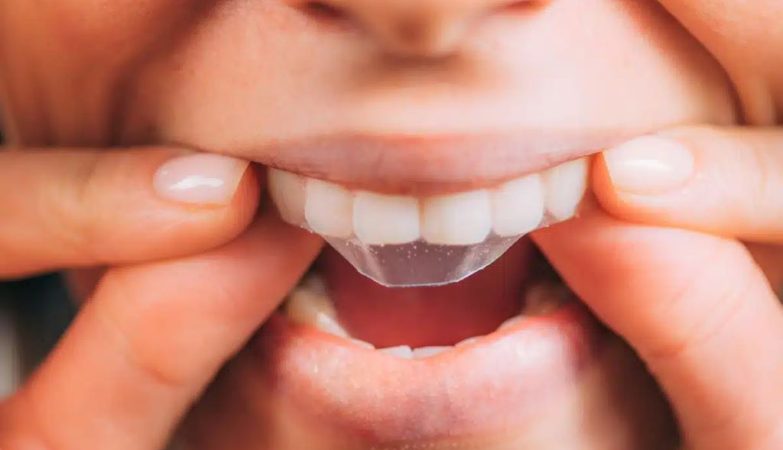Plasma spray coating is a very popular technique for protecting and enhancing a variety of substrate materials. It’s used in many different industries, from medical equipment manufacture to aerospace.
A popular treatment
The benefits of plasma spray coating are reflected in the huge market value of this technique, which is forecast to grow still further by the end of the decade. It is predicted that the global value of plasma spray coating processes will reach $638 million by 2030.
A highly effective technique
To find out more about this process and determine whether it could be suitable for your needs, it makes sense to go to a specialist site such as https://www.poeton.co.uk/standard-treatments/plasma-coatings/ for more information and expert advice.
To achieve the best results from the plasma spray coating process, it is important to carefully clean and abrade the substrate surface before beginning. This allows a strong mechanical bond to be formed between the coating material and the substrate.
The process itself involves the use of a working gas, commonly a hydrogen or argon mixture, which is propelled through a strong electrical arc discharge. This discharge is itself created in the space between an anode and a cathode.
This powerful release of energy means that the mixture is heated at a rapid rate, and thereby changes it into plasma, into which fine powdered coating material is injected. It is this plasma combined with molten coating powder that will ultimately coat the intended substrate surface.
The mixture of plasma and molten coating powder is then propelled at high speed onto the substrate surface, where each droplet quickly converts into a solid form as it cools.
To achieve the best results, it is essential to ensure that the substrate surface is fully covered with “wet” (molten) droplets, which means that careful attention should be paid when assembling the ratio of working gas to coating powder. Each droplet is able to achieve a thickness of around a micrometre, so many droplets may be overlaid in order to produce a coating of the required thickness.






